Indian Art and Iconology: Studies in New Perspectives
This publication contains fifteen essays on ancient and medieval Indian art, arranged in two sections in view of their distinct approaches to the subject. Essays of the first section deal with the formal aspects, relying chiefly on stylistic developments ensued in various phases of history from such factors as foreign contact, religious enthusiasm and social upheaval. Deliberated issues comprise the West Asiatic impact on Asokan sculpture, type and content of the Bengal terracotta figurines belonging to the Shunga-Kushana period, stamp of Gandhara style on the Gupta classical sculpture, patrons’ role in determining the character of the Ajanta painting, the ‘mannerist’ trend in the eighth-ninth century Ellora sculpture, the socio-political and cultural factors behind the emergence of a new aesthetic vision marked as ‘Medievalism’, and several other important ones. Experiences world over show that in pre-modern civilizations art drew its inspiration chiefly from religion, and India was no exception. Innumerable gods and goddesses carved and cast in ancient and medieval days include such images which require special attention to explain their theological significance. So long images were studied by the iconologists whose concern was to identify and trace the evolution of an icon by analysing its signs and symbols. This anthology in its second section, entitled Iconology, goes further a step to interpret the philosophical content and genesis of each individual icon. The treated gods and goddesses include Brahmanical Devi Mahishasura-mardini, Lingodbhava Shiva, Vishnus of the Pancharatra cult, amorous Surasundaris of the medieval temples, and the embracing Vajrayana Buddhist gods and goddesses known by the generic term Yuganaddha, among others. Each of the essays in its own way studies Indian art from new perspective and throws light to stimulate the reader to look at its objects from distinct viewpoints, fresh and unprejudiced.
Get it now and save 10%
BECOME A MEMBER

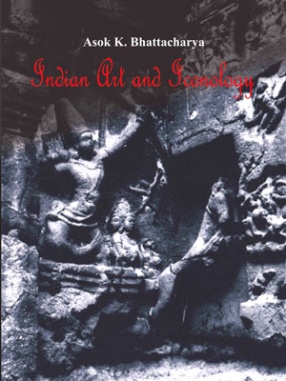
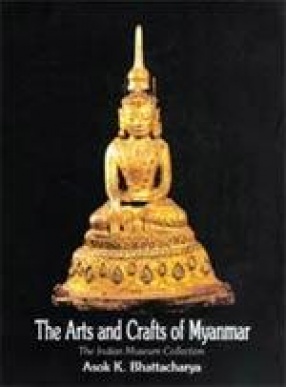
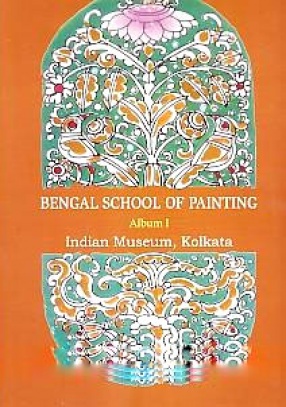
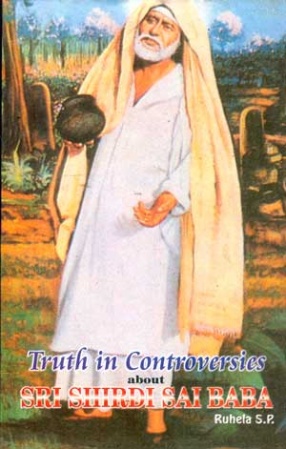


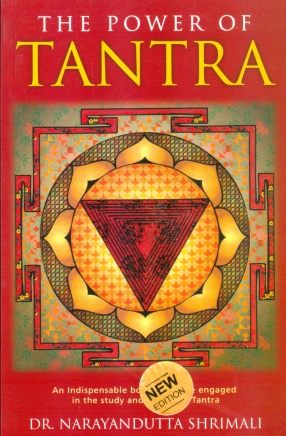

Bibliographic information